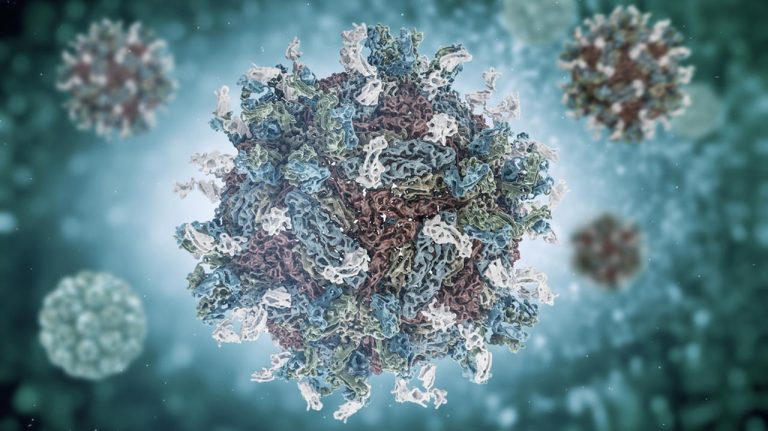About 20 percent of dengue cases, a mosquito-borne disease, may be linked to climate change, according to a new analysis by scientists. If no action is taken to curb global warming, the number of diseases linked to the climate crisis could increase by 60 percent by 2050.
The researchers analyzed data from 1.5 million dengue infections reported in 21 countries in Asia and the Americas between 1993 and 2019. The study only included countries where the disease is endemic, meaning it occurs regularly in these areas. Experts took into account factors that could affect infection rates, including rising temperatures, changes in rainfall patterns and changes in population density. They then used statistical tools to determine that of these factors, rising temperatures were specifically responsible for 19 percent of dengue infections.
The study, the results of which were presented Saturday at the annual meeting of the American Society of Tropical Medicine and Hygiene in New Orleans, has not yet been peer-reviewed.
“Dengue is really the first disease to focus on because it's so sensitive to climate,” Erin Mordechai, an infectious disease ecologist at Stanford University, told AFP.
This viral disease is transmitted by the Egyptian mosquito (Latin: Aedes aegypti). It causes fever and body aches and can be fatal in some cases. It is usually confined to tropical and subtropical regions, but rising temperatures have caused mosquitoes to enter new areas and carry the disease with them.
>>> CHECK: worst dengue epidemic in years
Stop emissions
“Actions to reduce carbon dioxide emissions into the atmosphere will help prevent a possible increase in global infection rates,” said Mordecai.
According to scientists, if carbon dioxide emissions drop to zero after 2050, the overall increase in dengue cases in some countries will be seven percent or even 30 percent less.
A temperature that remains in the range of 20-29 degrees is ideal for the spread of dengue. According to researchers, dengue cases could increase by up to 200 percent in the next 25 years in countries with such hot temperatures as Peru, Mexico, Bolivia and Brazil.
The analysis also estimated that at least 257 million people now live in areas where global warming could double dengue rates over this period. That risk is “another reason to worry about climate change,” Mordecai added.
– Dengue fever is coming, and the situation will get worse in places that are currently at the limit of temperature (for the transmission of the disease – ed.), – said the researcher. This also applies to the southern parts of North America and Europe. Due to the mild climate, dengue diseases rarely occur in these places. However, global warming may mean that these areas need to increase their public health measures to reduce mosquito populations and therefore infection rates, Mordecai said.
Most people infected with dengue have mild or no symptoms, but some patients can develop serious complications such as organ failure and internal bleeding. About one percent of people treated for the infection die from it, and if left untreated, that number can rise to 20 percent.
egyptian mosquito – the species that transmits the dengue virus Shutterstock
Main image source: Shutterstock

